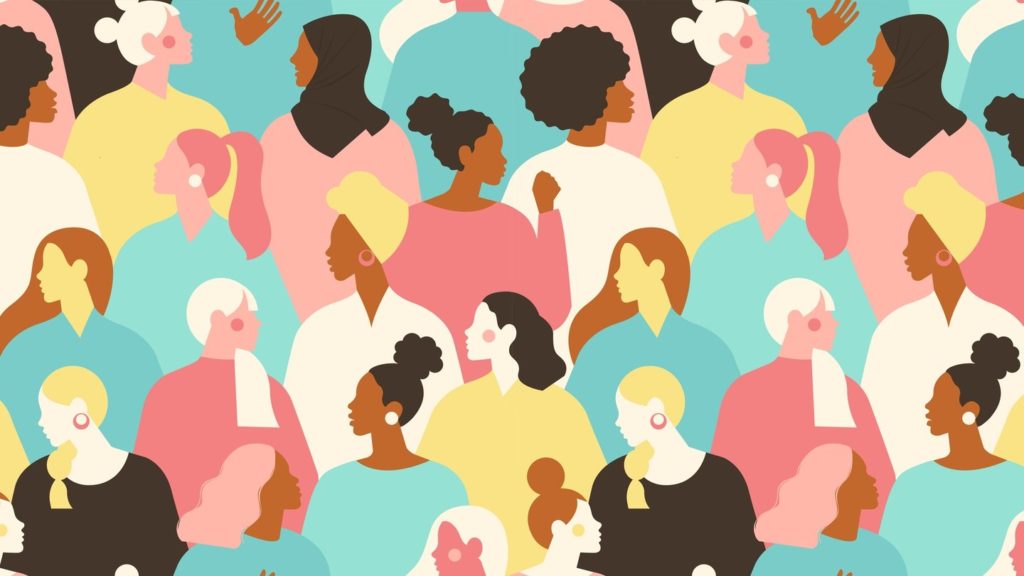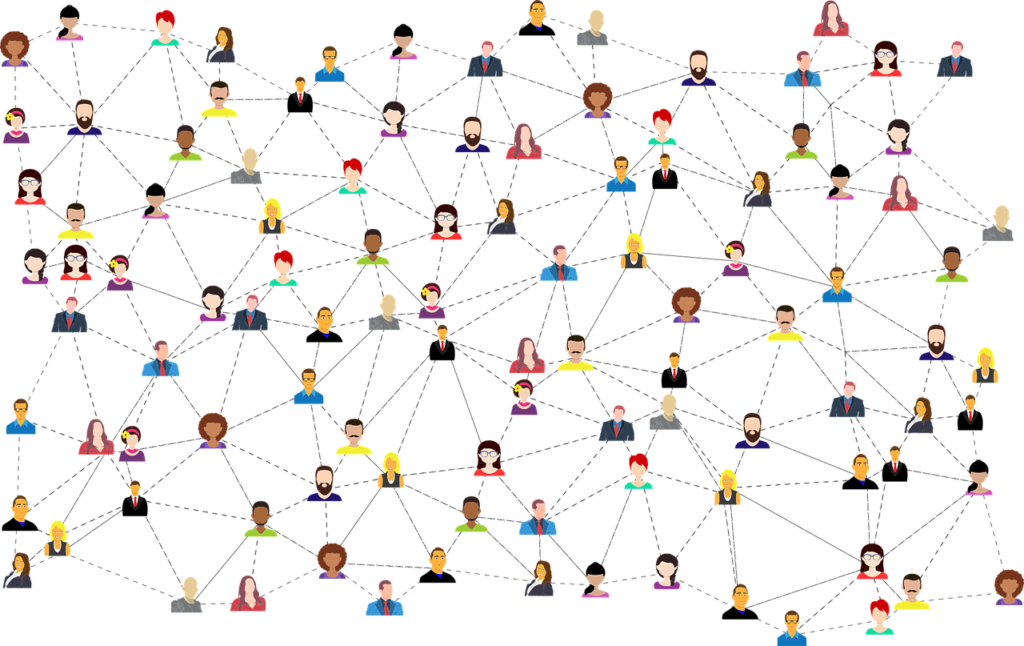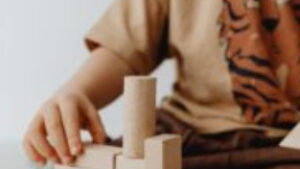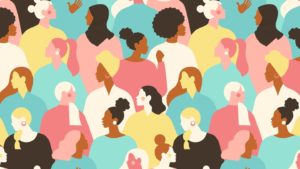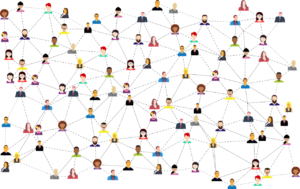The Devaluation of Life – A Question of Survival?
Last week, we saw overnight mass-scale destruction in Lebanon. Other than the 170+ human beings dead and many thousands left injured, more than 300,000 people also became homeless. Beirut’s port has been destroyed and the city is now down to a very low supply of grains. What was once a vibrant city and a major tourist destination in the country now looks more like a war site. A part of it has probably even died, just like its many residents.
It was striking to note that right after the blast, numerous unedited videos were circulating online on social media about rescue efforts, showing victims covered in blood and people trying to regain control of their senses. Many of these videos have now been edited and come with a trigger warning. This was a reminder of the time when there was a media boom in Pakistan and news channels used to rush to be the first to “break news” post 9/11. In their haste, they showed all kinds of images of the bomb blast and other terrorist attack sites without any kind of warning for the weak of heart. Eventually, the industry was regulated after much hue and cry.


If parallels are drawn between Lebanon and Pakistan, the last century hasn’t exactly been peaceful in either region. The generations that have lived through the Lebanese civil war and the Indo-Pak partition or the creation of Bangladesh are still alive. The mental scars of violence have still not faded away. Given this, is it wise to look at more images of blood and death? Trigger warnings usually start off with a phrase like “Some people may find the content disturbing”. Why some? Why should not all of us be disturbed by it? Human beings are not carnivorous animals. No one in their right mind accepts death and violence to be a part of regular life. Therefore, should there not be an outright ban on showing blood, dismembered bodies and dead victims?
In Bapsi Sidhwa’s book “The Bride”, there is a scene where the female main character sees the head of a tribal woman floating in a river in Pakistan. Then, she sees a few children making fun of a limbless beggar and reflects on the cruelty of people in this part of the world. Her husband then tells her that every nation has its own outlet for cruelty… “Perhaps he was right. In preventing natural outlets for cruelty the developed countries had turned hypocritical and the repressed heat had exploded in nuclear mushrooms.” The question, though, is whether any kind of cruelty should even be encouraged? Enough of it already exists in the whole world. The newly-found freedom to share anything on social media has also created another outlet and therefore, hasn’t really helped. A number of cases of animal cruelty in Pakistan have come to light since the last election campaign as well. In this scenario, is it really necessary to circulate more images that show blood of another human?
Many nations, such as Pakistan, have had to live through terrorist attacks and continue with their lives like everything was hunky dory.
Whole societies have been traumatised through violent events. PTSD (Post-Trauma Stress Disorder), that had been given different names since many centuries, first became popular when it was categorised officially as a mental disorder among soldiers in the US. Since then, the term has been applied to all those who have been subjected to some form of trauma, including violence. However, it is perhaps not the only mental health problem that societies are facing these days. Are cruelty and violence on the rise because we have no other outlet to express our grief and other emotions after we have gone through a traumatic event? If the natural instinct of man is to not hurt their fellow beings then why do many people these days find it so easy to destroy life and property? In the context of Pakistan and the past few decades, the whole nation has been desensitised over the years and people just do not care as much as they used to. When France was attacked in November 2015, many Pakistanis made fun of the vigils and homages claiming that this was “regular occurrence” in Pakistan and that there was no need to be a “snowflake”. This lack of sensitivity and respect for loss of life was definitely not something to be proud of. Tolerance in Pakistani society is generally on the decrease and many do not bat an eye when a woman villager, a shopkeeper belonging to a religious minority or a university student are murdered or lynched publicly.
We all need collective psychological evaluation, therapy and large-scale studies. After the world wars, European nations took many decades to stand back on their feet. While economically difficult, it gave them time to process their grief and anger. Many other nations, though, such as Pakistan, have had to live through terrorist attacks and continue with their lives like everything was hunky dory. According to WHO-AIMS Report on mental health system in Pakistan in 2009, there were only 342 psychiatrists (0.20 per 100,000) working in mental health facilities in the country. It is high time that the world, in general, and Pakistan, in particular, pay attention to the mental health problems being caused by and causing violent crimes all around us. On the Independence day of Pakistan, while we soak the green and white, let us all pledge to strive to better our lives. One aspect of it is to focus on our physical and mental health. Let us be kind to ourselves.
The editor of Ed-watch.org, Aamina Khan, is an international citizen who likes to explore the world. A Chartered Accountant by profession, she likes to read and write in different languages as an amateur.


